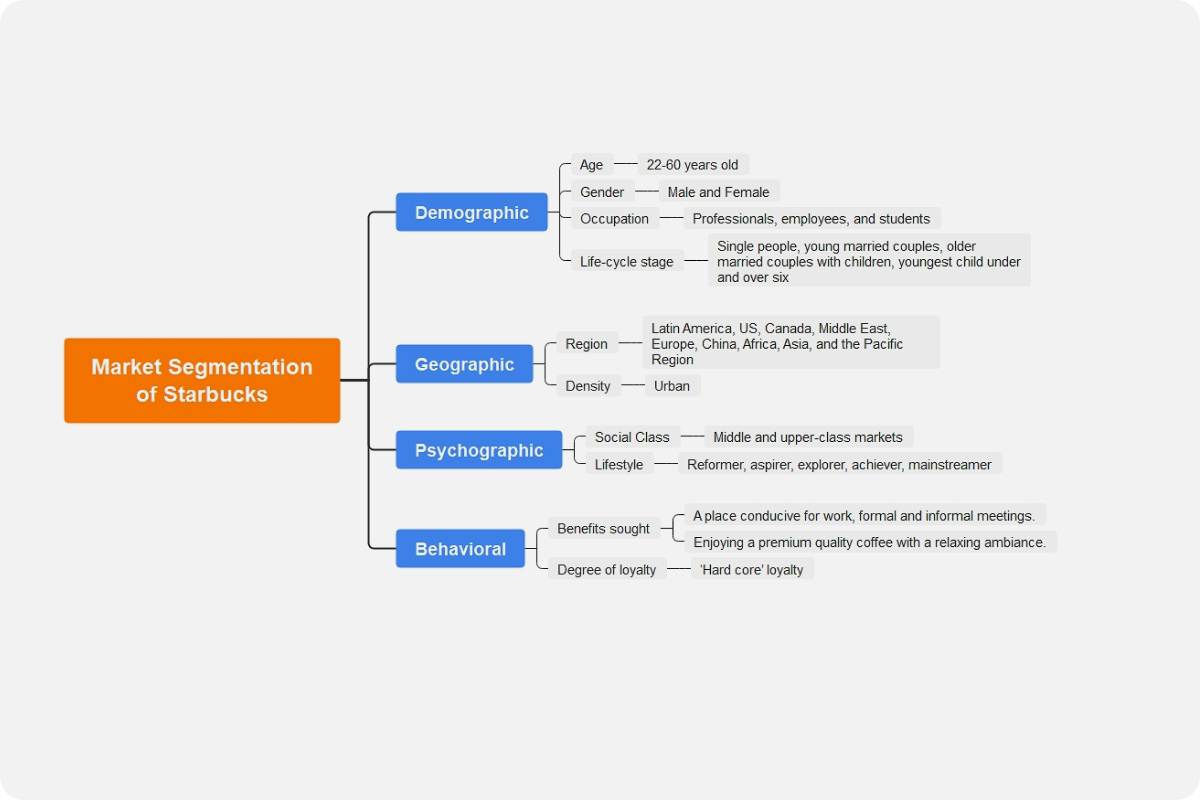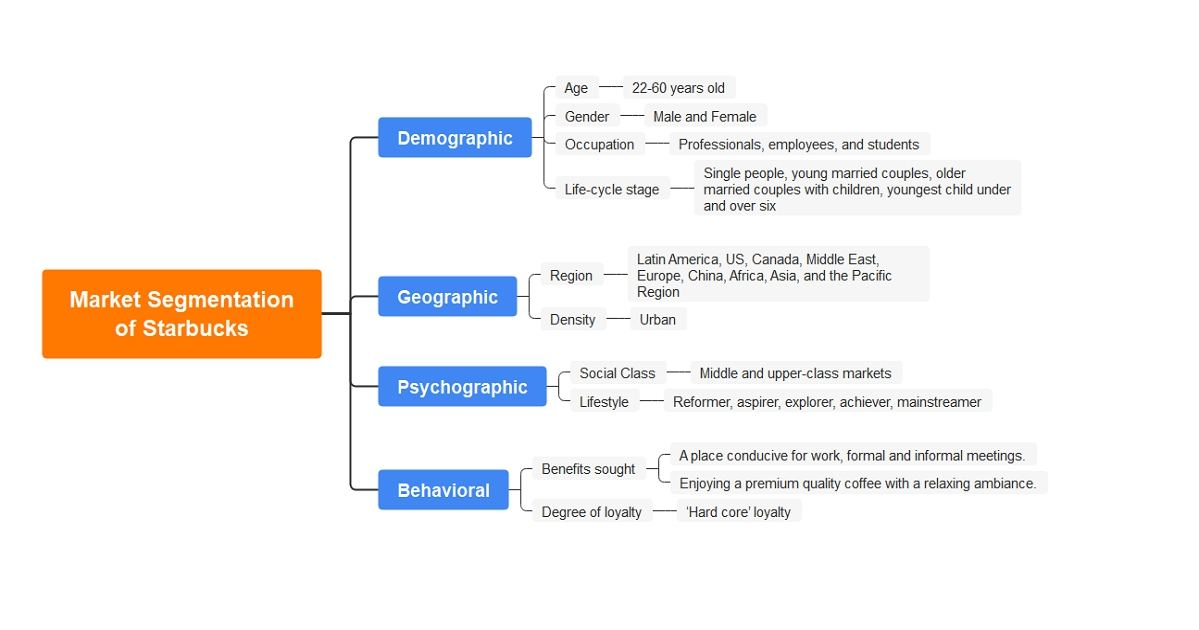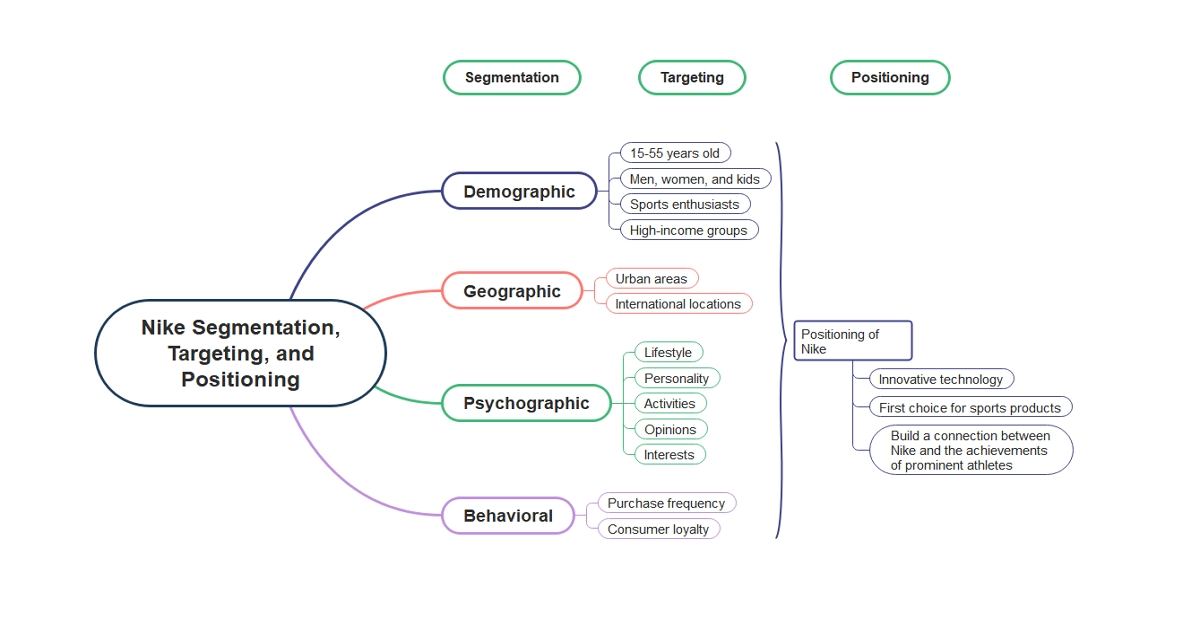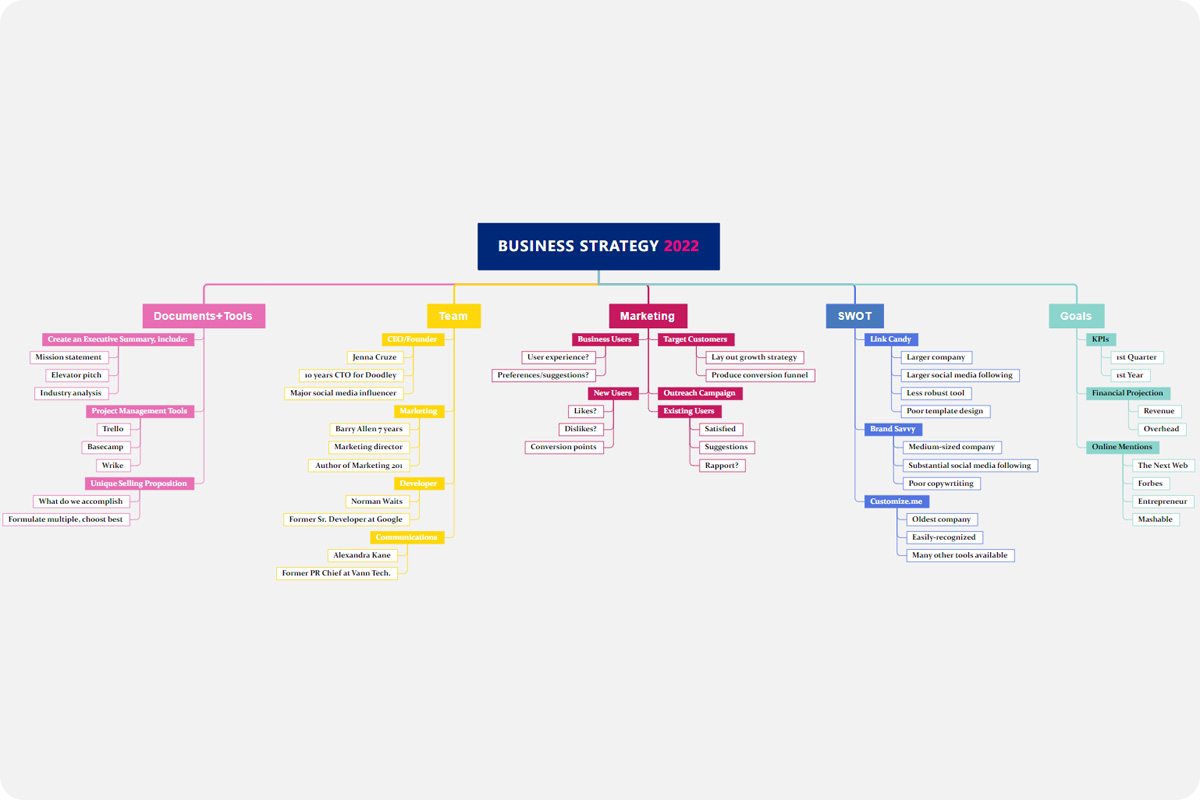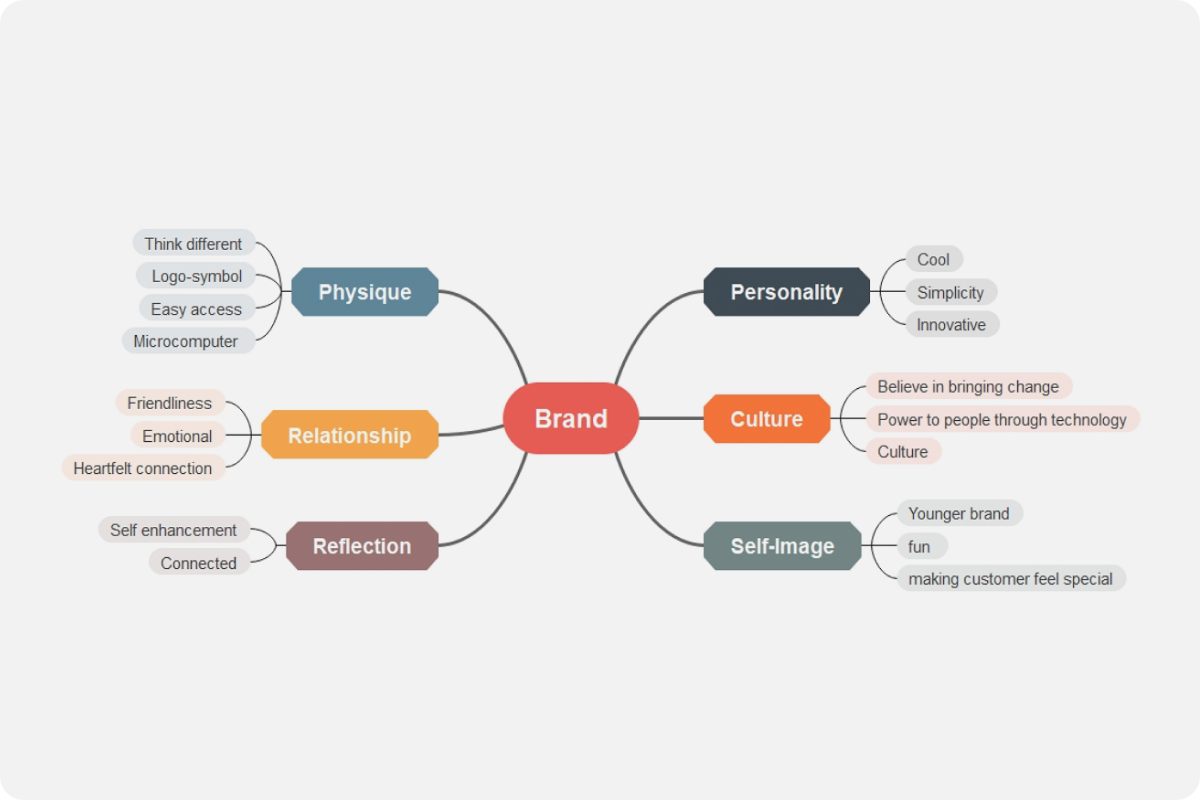Many effective marketing techniques are built on the foundation of market segmentation. Segments that have been carefully selected allow the marketing plan to be tailored to more specific client demands. As a result, they aid in the more effective allocation of marketing funds. This article defines market segmentation, examines why it's significant, and lists the benefits it provides. Finally, the paper lays forth a general methodology for using market segmentation.
Because customers of a service or product are rarely a unified group, that's one of the reasons why market segmentation is important. In reality, each buyer has unique requirements, interests, finances, and habits. Because it is nearly difficult to cater to each customer's unique qualities, marketers divide clients into market groups based on variables they share. Because of these shared qualities, a uniform marketing mix for all clients in this sector may be developed.
What is market segmentation?
Market segmentation is the division of a consumer market into similar groups of customers that react differently to promotions, marketing, price, and other marketing mix components. Within each group, meaningful variations between purchasers should be as little as feasible. As a result, each category may be targeted with a unique marketing mix.
A company's marketing plan must include market segmentation. It is the procedure of segmenting a bigger target market into smaller, more similar consumer groups to whom you can promote more effectively. Customers should be segmented in one of the various ways by both consumer and business-oriented businesses.
Why market segmentation is important?
Segmentation, as previously said, is the foundation for generating focused and efficient marketing programmes. Furthermore, market segment research allows for judgments on the intensity of marketing activity in certain categories. A segment-oriented marketing strategy has several benefits for both firms and customers. Market segmentation aids marketers in designing suitable marketing tactics and sales promotions based on the preferences of members of a certain market group. In a commercial for feminine items, a male model would be out of place. Marketers must be able to connect their items to specific target groups.
Market segmentation aids companies in determining the needs of their target market and developing marketing strategies to meet those demands. As a result of market segmentation, businesses might take a more focused strategy. Market segmentation enables businesses to target the appropriate product at the right time to the right clients. Geographical segmentation divides customers into groups based on where they live. In contrast to regions with definite winter and summer seasons, a grocery shop in a colder part of the nation might stock coffee all year.
Organizations benefit from segmentation because it allows them to better know and understand their consumers. Businesses may now reach a wider audience and more successfully sell their products. It enables businesses to focus their efforts on the right audience and achieve the best outcomes.
Types of market segmentation strategies
There are five times of market segmentation strategies:
1: Behavioral Segmentation
Behavioural segmentation is more in-depth than demographic segmentation when it comes to clients' purchasing patterns. It's now one of the most commonly used customer profile kinds in marketing initiatives. Behavioural segmentation refers to patterns of behaviour that are distinctive to consumer encounters with a brand or firm, such as brand loyalty or level of engagement.
Examples of Behavioral segmentation
- Product or service benefit(s) targeted
- Availability to buy or acquire
- Segmentation based on use
- Common features
You may use behavioural segmentation to learn more about your customers' interactions and improve their service quality.
2: Psychographic Segmentation
Psychographics is a sort of client segmentation that concentrates on subjective or internal characteristics. Psychographic elements, such as demography, aren't visible merely by glancing at your consumer. Psychographics, on the other hand, need a more thorough examination.
Examples of Psychographic Segmentation
- Behaviour
- Hobbies, pastimes, or passions
- Opinions or values
- Personality or mindset
- Lifestyle
- Social standing
You'll be better able to personalize your marketing efforts if you define a consumer persona this way. You'll also appeal to buyer preferences.
3: Demographic Segmentation
Demographics are the split of your client profiles in the market based on superficial characteristics such as age or gender. These characteristics provide fundamental information about your clients and are one of the most comprehensive segmentation categories. Age, wealth, household size, school, and gender are all examples of demographic segmentation.
To save time and money while better understanding your target demographic, go into these segments. Alternatively, reach out to customers you haven't yet reached. Demographics are much less intrusive to gather than other methods of segmentation.
Segmentation by demographics Examples
- Profession
- Relationship status
- Status of political party Race Religion
- Ethnicity
- Religion or beliefs
- Living on Rent or Homeowner
4: Geographic Segmentation
Geographic's is the study of a user's geographic region, that can have an impact on additional physical contacts in the marketplace. Customers incomparable geographic locations may have similar tastes. As a result, this sort of market segmentation pairs well with more abstract varieties, such as behavioural.
Examples of Geographic Segmentation
- Population density by city, region, and country
- Economic situation Postal Codes Climate in the region
Geographic segmentation, on the other hand, might encompass non-technically defined geographic areas such as neighbourhoods.
5: Firmographic Segmentation
Firmographics can be used to characterize the characteristics of enterprises or businesses. Firmographics are what demographics are to humans, but for entrepreneurs. This form of segmentation can be used by businesses to analyze whether or not a smaller company is suitable for investment.
Dealing in a smaller business or firm always carries a risk. As a result, investors must be accurate in segmenting enterprise prospects to reduce risk. Firm segmentation variables often provide things like the potential of a small startup.
Examples of Firmographic Segmentation
- Annual income and performance
- The typical sales cycle
- Ownership, size, and employee population
- Trends in the workplace
When to use a market segmentation template?
When working on a new, present, or anticipated promotional campaign, your team should employ a market segmentation template. It will enable you to track customer and prospect behaviour and anticipation more simply, provide more focused marketing interactions and increase your growth potential. Your market segmentation template helps you to keep track of customer and prospective activity, develop memorable marketing experiences, and increase revenue. You risk losing resources if you create a marketing strategy that is overly wide or targets the incorrect demographic without segmentation.
Tips for market segmentation template
The Market Segmentation template should be utilized if you're developing a new marketing campaign, but it's also useful to have on hand when you're working on an existing one. You can guarantee that you are targeting the proper audience by acquiring a thorough understanding of your current and future clients. Here are some tips for creating a market segmentation template:
- The first and most important stage is to determine your target audience. Advertisers must be very specific about who should be used in a single category. Ascertain that the participants have something similar.
- It is critical to determine the demands of the target audience once the target market has been determined. Individuals' expectations must be met by the product. To learn more about the target audience's interests and wants, the marketer must communicate with them.
- Your firm will be better off financially term if you are targeting the proper demographic and double-checking to make sure it hasn't changed.
- You want to be certain that your effort and cost are invested in the platforms that will have the most influence on your target demographic. Fortunately for us, picking the correct channels isn't difficult.
- With good reason, segmentation is a marketer's most trusted ally. Whether you're targeting a broad audience or a specific market, be sure your segments are the right size for your business and its present and future objectives.
- When planning a new, current, or planned marketing strategy, your team should employ a market segmentation template.
- The pattern of representation that influences how people perceive your firm is known as brand consistency.
Market segmentation templates
Example 1
The current example is of a basic to the point market segmentation template, in which market segmentation is defined and categorized into its time and usage and benefit. It's basic stats that A market segmentation matrix is a popular analysis tool that may help your company quickly identify its present and potential consumers, resulting in better outcomes and a higher return on investment (ROI). This makes it especially beneficial for marketing departments that are directly targeting your company's consumers.
